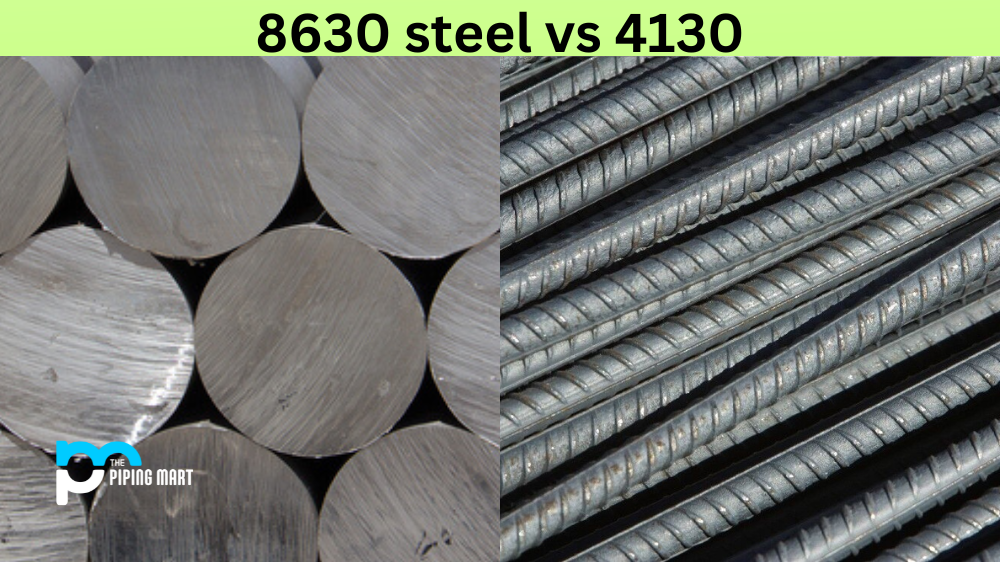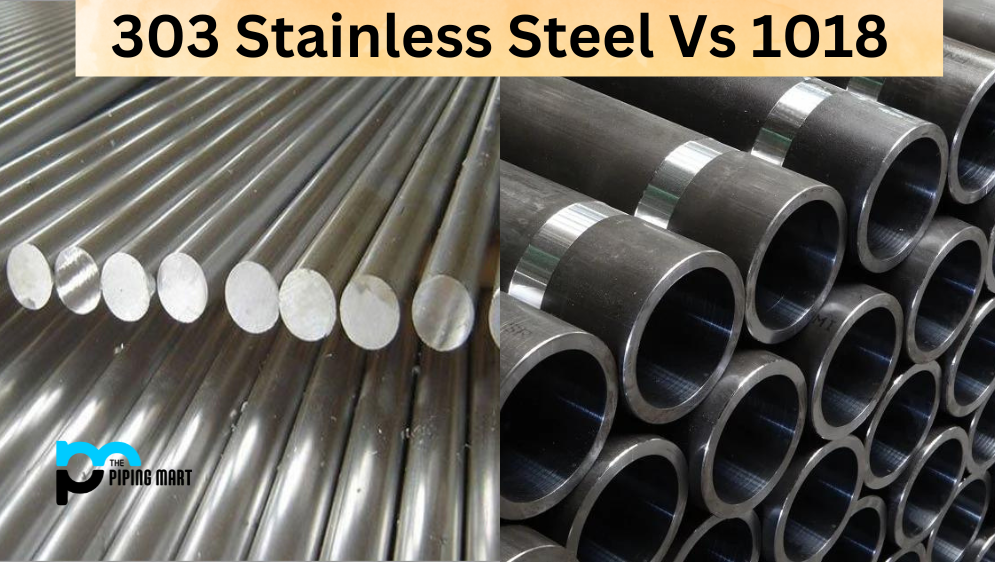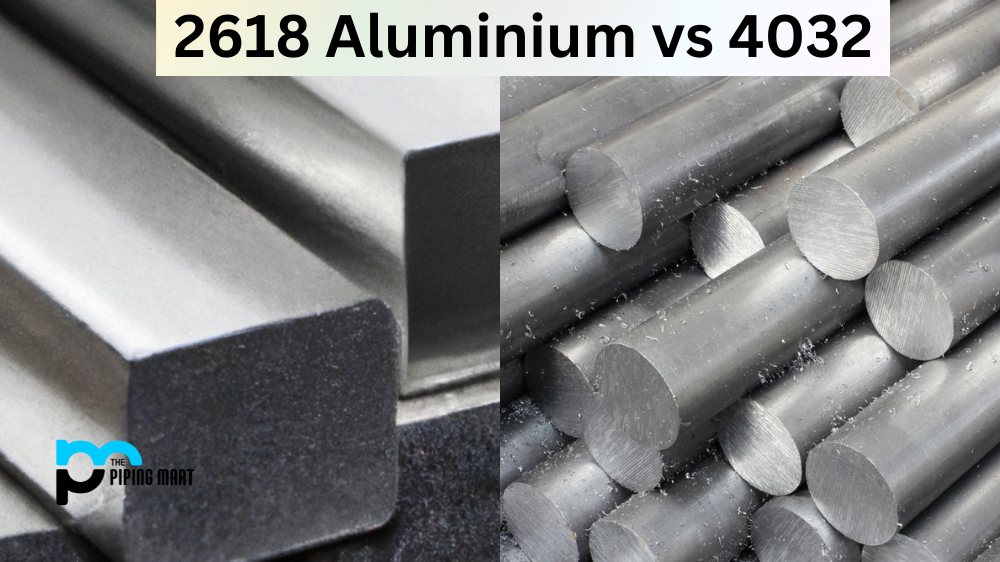Steel is vital in several industries, offering strength and durability for aircraft components, gears, and machinery. Among the numerous types of steel available, 8630 steel and 4130 steel are two of the most commonly used. Both of these steel types offer excellent strength and toughness, but they have some essential differences that should be considered before choosing between them. In this blog post, we’ll take a moment to explore the differences between 8630 and 4130 steel and their respective advantages.
Difference Between 8630 Steel and 4130
Chemical Composition
8630 steel is a low alloy steel containing Nickel, Chromium, and Molybdenum, whereas 4130 steel is a Chromoly steel alloyed with Chromium and Molybdenum. One significant difference is that 8630 has a higher Nickel content than 4130 steel, making it more corrosion-resistant and wear-resistant. On the other hand, 4130 steel has a higher Carbon content, which results in its superior hardness and strength.
Strength and Toughness
Both steels feature excellent strength and toughness but differ in their maximum yield strength. 8630 steel has a maximum yield strength of 80 ksi, while 4130 steel can achieve a yield strength of up to 97 ksi, making it stronger. Additionally, 4130 steel is more brittle than 8630 steel, so choosing between these options will depend on usage, application, and the required level of toughness.
Welding
Regarding welding, 8630 steel is easier to weld compared to 4130 steel. This is due to the composition of the respective steels. The higher nickel content in 8630 steel improves its weldability, whereas 4130 steel requires preheating, which can be complex to manage in some manufacturing processes.
Applications
8630 steel is widely used in aircraft engines, power generation, and hydraulic components due to its excellent resistance to wear and fracture toughness. Meanwhile, 4130 steel is commonly utilized in manufacturing bicycles, race cars, and equipment in the oil and gas industry. The combination of strength and flexibility makes 4130 steel an ideal choice for products that require extensive bending, such as aircraft tubing.
Cost
Finally, the cost of both 8630 steel and 4130 steel is another crucial factor to consider. While 4130 steel is relatively inexpensive, 8630 steel can be more pricey due to its high nickel content. This cost difference can be a factor in the final decision and should be weighed against the other factors, depending on the product’s specific requirements.
Conclusion
Choosing between 8630 and 4130 steel depends on the product’s application, strength requirements, weldability, and cost. While 8630 steel may be more resistant to corrosion and wear, 4130 steel is harder due to its higher Carbon content. If ease of welding is crucial, 8630 steel is easier to work with in that regard. Ultimately, it comes down to the product’s specific requirements and the utilization of each steel. We hope this blog post has clarified the differences between these two steel sheets and helped you make a more informed decision.

Meet Bhavesh, a seasoned blogger with a wealth of knowledge and experience. From metal products manufacturing to retail, Bhavesh has a diverse background in various industries and is dedicated to sharing his insights and expertise with readers.




